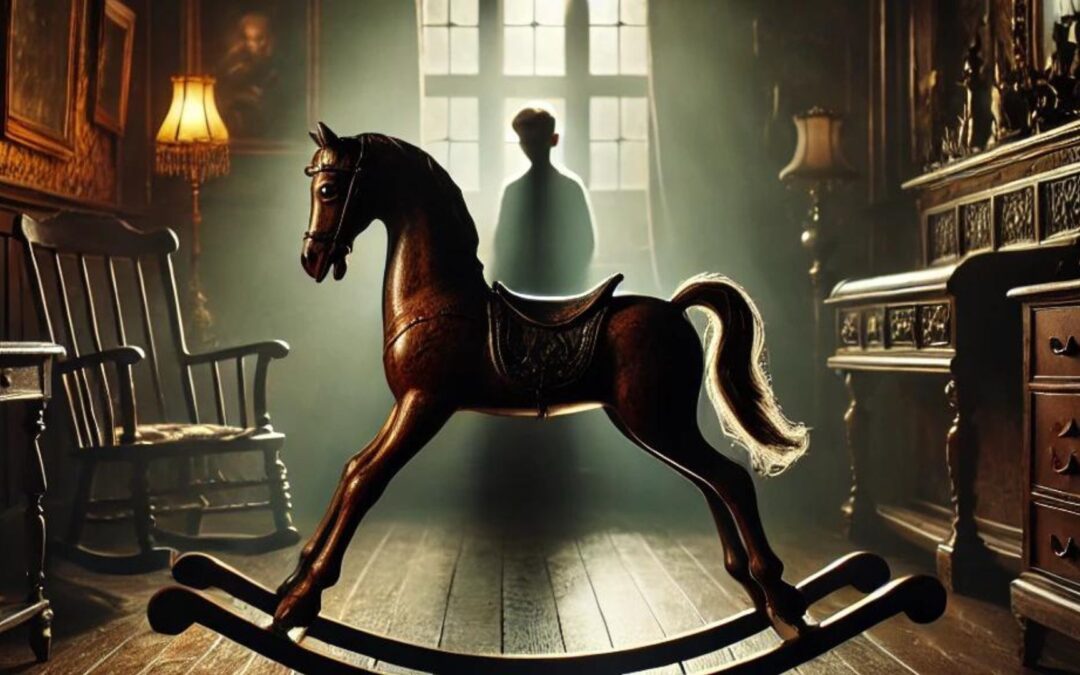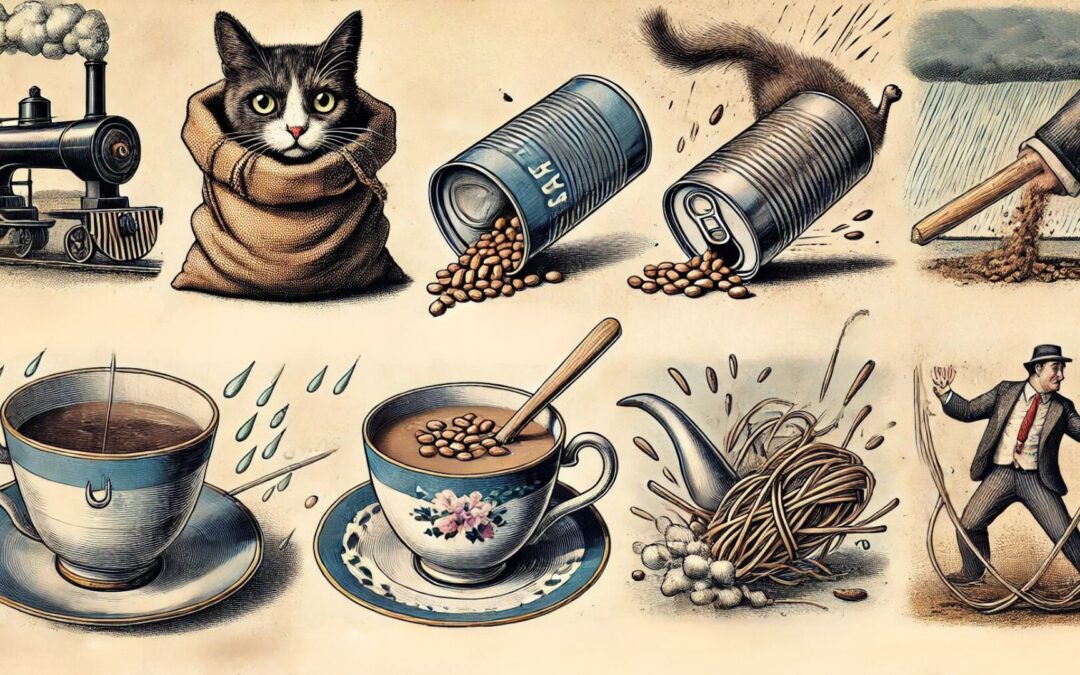Riding a bicycle is a great way to get around. Bicycles are quiet, fun to ride, and you don’t need gas or electricity to make them go. You just use the power of your legs!
Bicycles have two wheels. One wheel is in front of the other. You swing your leg over the bike, sit down, and start pedaling.
PARTS OF A BICYCLE
The heart of every bicycle is its frame. Most bicycles have frames made of thin metal tubes. The best frames are light and strong. A seat, called a saddle, is in the middle of the frame. You can make the seat higher or lower.
Bicycle wheels usually have wire spokes. Spokes help the wheel keep its round shape. Inflatable tires fit on the wheels. The wheels have brakes for stopping.
A bicycle has handlebars. You use the handlebars to steer and help you balance on two wheels. Most bikes have brake levers on the handlebars. You squeeze the levers to make the brakes work.
Pedals and a chain make a bike go. You put your feet on the pedals and push. The pedals go around and around. The turning pedals move a chain. The chain goes to the back wheel. The chain goes around a part called a cog. The moving chain makes the cog on the back wheel turn.
Most bicycles have a gearshift attached to the frame or the handlebars. Bikes usually have from 5 to 27 gears. Bicycle gears have a part called a derailleur. The derailleur shifts the chain to lower or higher gears. You use a lever to shift gears.
You use low gears for going up a hill. You use high gears for going faster, usually on flat roads or downhill.
DIFFERENT KINDS OF BICYCLES
There are six basic kinds of bicycles: touring, mountain, hybrid, utility, racing, and specialty. Bicycles made for kids are smaller than those for adults. Training wheels may be added to help young riders learn basic balancing skills.
WHAT IS A TOURING BICYCLE?
Touring bicycles are for riding on smooth roads. Touring bicycles are made so you can ride them on long trips. You can carry water bottles, saddlebags to hold food and gear, and other equipment on a touring bike.
Touring bikes have lightweight frames and thin tires. They usually have handlebars that curve downward.
WHAT IS A MOUNTAIN BIKE?
Mountain bikes are for riding off-road on dirt trails. The frame of a mountain bicycle is usually smaller and stronger than a touring bicycle frame.
Most mountain bikes have flat handlebars. They have wide, knobby tires for going over rocks. They have a large selection of gears. Some mountain bikes have shock absorbers. Springs attached to the front or rear wheels make it easier to go over big bumps.
WHAT IS A HYBRID?
Hybrids are a cross between mountain bicycles and touring bicycles. You can ride a hybrid bike on smooth roads or on mountain trails. Many people ride hybrids in the city.
WHAT IS A UTILITY BICYCLE?
Utility bicycles are made to be reliable and inexpensive. They are not as fancy as other kinds of bicycles. They are heavier than other bikes and usually have wide, padded seats. They have flat handlebars and sturdy, wide tires.
WHAT IS A RACING BICYCLE?
Racing bicycles are the lightest bicycles. They have narrow saddles and very light, narrow wheels. Some racing bikes are made for road racing. Some are made for racing on special tracks.
Track-racing bicycles do not have brakes, derailleurs, or other parts that add weight. A track-racing bike can weigh as little as 13 pounds (6 kilograms).
WHAT ARE SPECIALTY BIKES?
Specialty bikes are made for special uses. Recumbent bicycles let you sit down as if you were in a chair. Your legs and feet stick straight out to reach the pedals in front. Tandems are bicycles made to carry two or more riders.
Bicycle-motocross (BMX) bicycles are modeled after dirt bike motorcycles. BMXs are popular among young people. Freestyle stunt bicycles have very strong frames and handlebars. Stunt bikes can spin completely around. Collapsible bicycles fold up into a compact shape so that you can easily carry them.
BICYCLE SAFETY
A bicycle helmet protects your head if you fall. Padded gloves can help keep your hands from getting scraped in a fall.
Other equipment also can help you ride a bicycle safely. Make sure your bike has front, side, and rear reflectors. You can also put a light on your handlebars. You can put a red flashing taillight on your bicycle seat or frame.
A rearview mirror can help you watch for cars coming up behind. You can use a bell or horn to warn people that you are coming.
WHO INVENTED THE BICYCLE?
No one person invented the bicycle. Some people think the bicycle dates back to drawings made by the Italian artist and inventor Leonardo da Vinci. He lived in the late 1400s and early 1500s.
In 1839, a Scottish blacksmith named Kirkpatrick Macmillan added pedals to a two-wheeled “hobby horse.” His invention was the first true bicycle. It had wooden wheels.
Inventors tried to make better bicycles. Bicycles in the 1870s had huge front wheels and tiny back wheels. The safety bicycle was invented in the late 1800s. Both wheels were the same size, so it was easy to ride. Bicycling then became very popular.












0 Comments